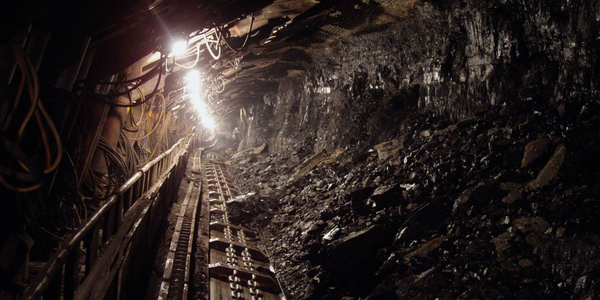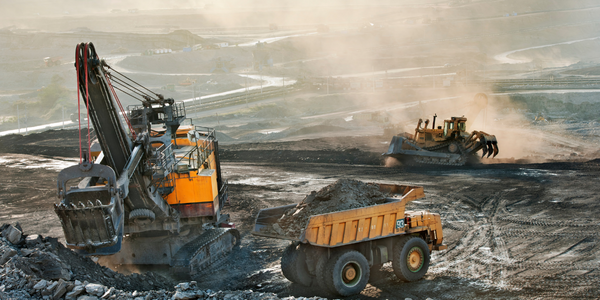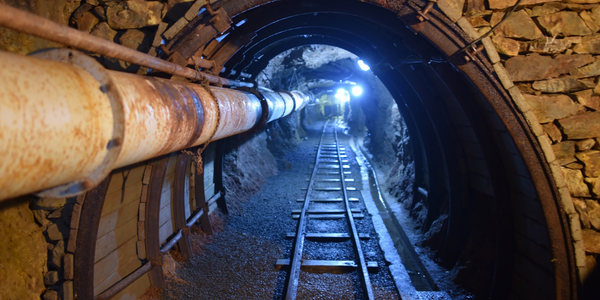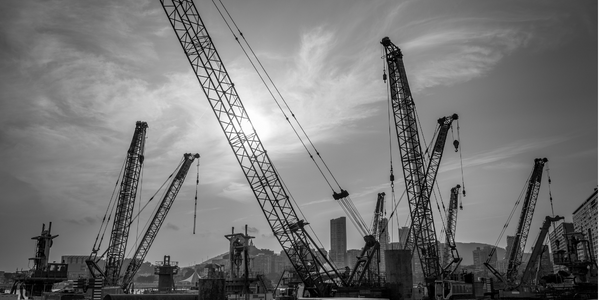Customer Company Size
Large Corporate
Region
- Africa
Country
- South Africa
Product
- IsoMetrix GRC suite
- Health, Safety and Environment module
- Occupational Health & Hygiene module
- Primary Healthcare & Wellness module
- Audits module
- Enterprise Risk Management module
- Legal Register & Compliance module
Tech Stack
- Data Integration
- Real-time Reporting
- Dashboard Reporting
Implementation Scale
- Enterprise-wide Deployment
Impact Metrics
- Productivity Improvements
- Cost Savings
- Employee Satisfaction
Technology Category
- Analytics & Modeling - Real Time Analytics
- Application Infrastructure & Middleware - Data Exchange & Integration
Applicable Industries
- Mining
Applicable Functions
- Discrete Manufacturing
- Quality Assurance
Use Cases
- Predictive Maintenance
- Asset Health Management (AHM)
Services
- System Integration
- Software Design & Engineering Services
About The Customer
Hernic Ferrochrome (Pty) Ltd is the world’s 4th largest integrated ferrochrome producer based in the North West Province, South Africa. It is located in the western limb of the Bushveld Complex which is one of the world ‘s largest chrome ore deposits. Hernic operates four furnaces including the largest ferrochrome furnace in the world. The company has 700 permanent employees and 3,000 contractors. The company has three sites and 150 system users. The company is involved in chrome ore mining and ferrochrome production.
The Challenge
Hernic Ferrochrome, the world’s 4th largest integrated ferrochrome producer, needed a robust system to manage Safety, Health, Environment, and Quality (SHEQ) and compliance within those areas. The company required a system that would integrate with the core of different information and process flow systems. A further essential requirement was a system that would exist as a management tool in handling the information obtained from the integration of these various systems. The company needed a system that would be fully functional from go-live onwards, simple to use, and can report correct data at any given time through reporting and dashboards. The company also wanted to manage all its 700 employees together with their 3000 contracted employees with regards to SHEQ. At any time, it was necessary to see who is on site as no contractor, or contractor’s staff member, who is not fully compliant in terms of rules and regulations, are allowed access to the property.
The Solution
Hernic Ferrochrome implemented the IsoMetrix GRC suite, which includes modules for Health, Safety and Environment, Occupational Health & Hygiene, Primary Healthcare & Wellness, Audits, Enterprise Risk Management, and Legal Register & Compliance. The IsoMetrix software was chosen for its agility, visibility through dashboards, and its ability to integrate with other software. The software acts as the central repository for all employee and contractor records, allowing KPIs such as lost time injury rates to be managed effectively. The development of the Visual Felt Leadership (VFL) module has turned around relations with employees. Every Friday, management spends time with staff, asking questions, making notes of areas which may not comply with standards, giving compliments, and constantly collaborating with employees, building a stronger relationship between management and staff. The system is also integrated with the access control system, so that entrance to the site is physically prohibited for employees and contractors who have not received adequate training, have not passed required medical examinations, or do not have required permits to work.
Operational Impact
Quantitative Benefit

Case Study missing?
Start adding your own!
Register with your work email and create a new case study profile for your business.
Related Case Studies.

Case Study
Underground Mining Safety
The goal was to produce a safety system to monitor and support underground mining operations; existing systems were either too simple (i.e. phone line) or overly complex and expensive, inhibiting deployment, and providing little-to-no support in event of an accident. Given the dangerous nature of the mining work environment and the strict regulations placed on the industry, the solution would have to comply with Mine Safety and Health Administration (MSHA) regulations. Yet the product needed to allow for simple deployment to truly be a groundbreaking solution - increasing miner safety and changing daily operations for the better.

Case Study
Mining Firm Quadruples Production, with Internet of Everything
Dundee Precious Metal’s flagship mine, in Chelopech, Bulgaria, produces a gold, copper, and silver concentrate set a goal to increase production by 30%. Dundee wanted to increase production quality and output without increasing headcount and resources, improve miner safety, and minimize cost.

Case Study
Fastenal Builds the Future of Manufacturing with MachineMetrics
Fastenal's objective was to better understand their machine downtime, utilization, quality issues, and to embrace cutting-edge manufacturing technology/process improvement capabilities to bring their team to the next level. However, there was a lack of real-time data, visualization, and actionable insights made this transition impossible.

Case Study
Joy Mining Systems
Joy equipment faces many challenges. The first is machine integration and control. The business end of the machine has a rapidly-spinning cylinder with 6-inch diamond-studded cutting teeth. It chews through rock at rates measured in tens of tons per minute. The system grinds through the rock in front, creating a rectangular mine tunnel. Hydraulic lifters support the ceiling as the machine moves forward. Automated drills and screws drive 3-ft long screws into the ceiling to stabilize it. The rock and coal fall into a set of gathering "fingers" below the cutting cylinder. These fingers scoop up the rock and coal and deposit it onto a conveyor belt. The conveyor passes under the machine and out the back. A train of conveyor belt cars, up to a mile long, follows the cutter into the mine. The rock shoots along this train at over 400 feet per minute until it empties into rail cars at the end. Current systems place an operator cage next to the cutter. Choking dust (potentially explosive), the risk of collapse and the proximity of metal and rock mayhem make the operator cage a hazardous location.

Case Study
Improved Monitoring in Industrial Manufacturing Facility
When your crane is moving tons of magma-hot iron, you can’t afford an unexpected failure. McWane Ductile knew monitoring the crane motor metrics within their facility could help prevent a mechanical failure that would strand an enormous bucket of molten metal overhead. Unfortunately, their legacy wired monitoring system couldn’t work with moving objects in this extreme environment. If they could integrate wireless capabilities into their existing equipment they could extend their monitoring capabilities without starting over from scratch.








